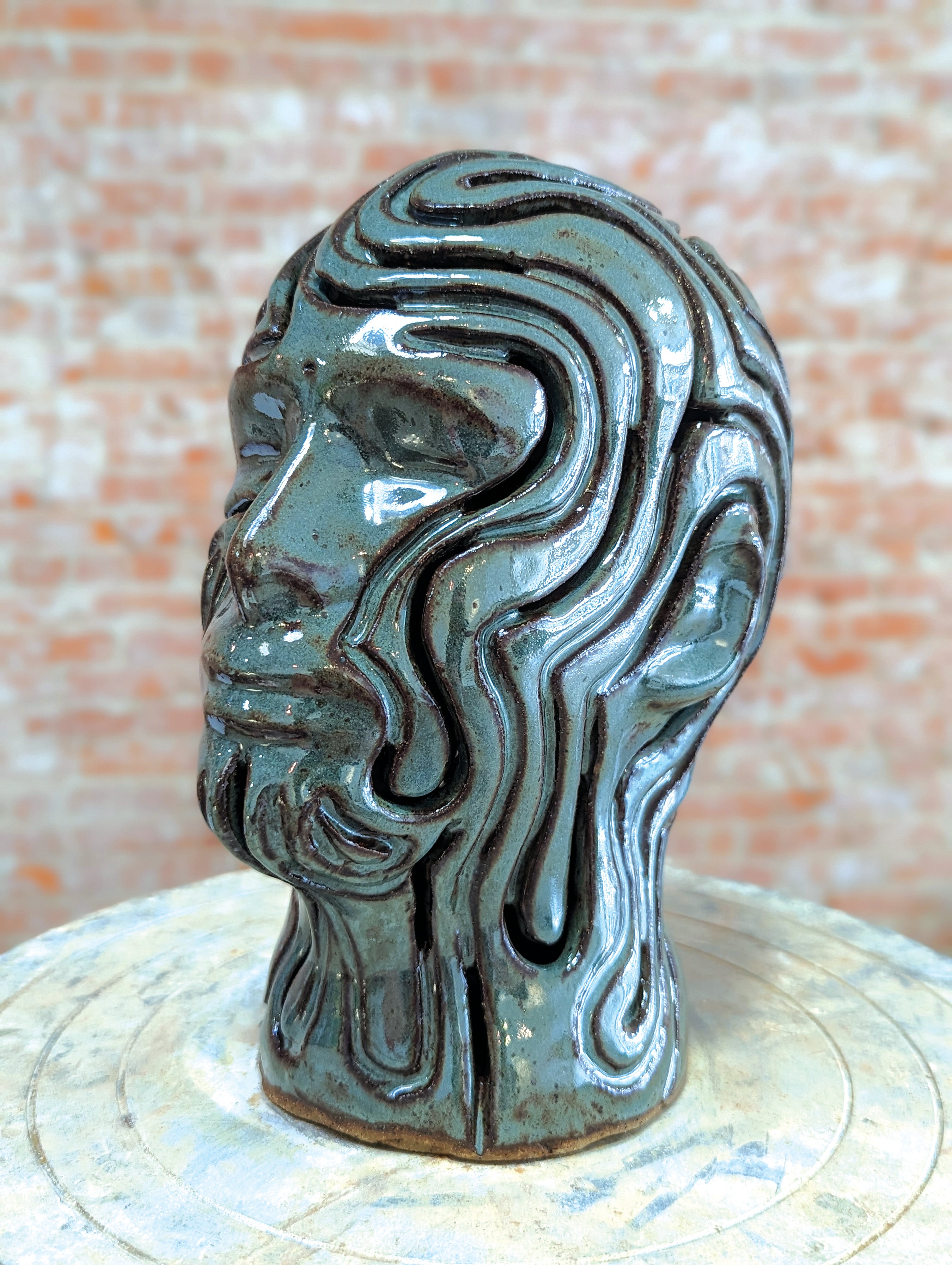Artist Taylor Sund Peterson influenced by Da Vinci, van Gogh
Published 12:32 pm Friday, June 2, 2023



By Emily Burleigh
Taylor Sund Peterson, 26, has been painting since she was 15. She grew up reading Discovery magazines, and was especially inspired by an edition on Leonardo Da Vinci.
His impact on both the artistic and scientific realms was her first introduction to art as a whole. “I still remember trying to recreate the Mona Lisa in my sketch book over and over again,” she recalled. “Even though I was only 11 years old, that magazine opened me up to the worlds of the great Renaissance artists.”
Growing up, she had limited access to artistic resources and relied on inspiration from who she considers “traditionally learned artists.” Oscar-Claude Monet was a great influence, but Vincent van Gogh left a deeper impression.
“I always felt inspired by the impressionistic style of Monet’s work with the way he delicately uses color and soft balance on the canvas,” she explained. “However, van Gogh’s paint strokes and his story with mental illness has always had a place in my heart and my art.”
Her connection to Van Gogh’s work is personal. “Suffering from mental illnesses myself and feeling the weight in my entire being when I’m not creating gives me an understanding for his distress.”
In art, she finds peace and relishes the moments of mindfulness. “I love when I am so honed into my work that I don’t stop myself for anything.”
While in the process of creation, Peterson is explorative. “I’ll try things more often than not and I don’t get discouraged when the first try doesn’t
work out.”
In fact, the mistakes enhance her craft. “Those moments are where creativity lies.”
She mostly works with clay for wheel throwing and sculpture making. While she does occasionally paint with oil on canvas (and hopes to explore more mediums), she prefers working with clay, as the tacticale process is cathartic. “I love being able to mold something with my hands and manipulate it to the way I see it in my mind… It gives me a great sense of calm and centering.”
Peterson explores the themes of the individual, creating pieces that force the viewer to insert themselves into the work. She does this by working with a recurring mold of the human face.
Because of the familiarity of the human face, it is easier for the viewer to relate with the pieces.
“It doesn’t take much for someone to identify an object as a face: eyes and a mouth, sometimes a nose,” she said.
She believes art is a safe haven that allows everyday people to submit to extraordinary feelings. “It reminds them of the beauty of the world, the mind and that the world has room for expression.”
Peterson also believes that art is uniting, providing “commonality and relatability to a community when outreach can be hard to achieve.”
“Art brings the world together with the need to protect, respect and cherish its beauty.”






